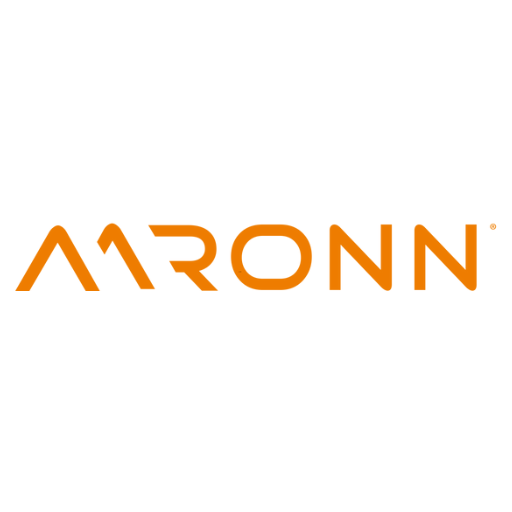At the start of a new year, many people want to make a fresh start or do things better. This is as true for people as it is for companies. However, it would be a misconception to assume that the world around us is also making a fresh and new start just because we have decided to do so. It continues to move forward in many respects – sometimes even faster than before.
Analysts use statistics on annual rhythms to compare global challenges such as wars, political unrest, high inflation, the tangible consequences of climate change, advancing digitalization and the development of the artificial intelligence megatrend. In reality, however, these are ongoing developments that do not take calendar or financial years into account.
In such turbulent times, embedded computing technology (ECT) is proving to be a growth driver. Market observers such as Precedence Research and Global Market Insights estimate the global market to be worth between 101 and 140 billion US dollars in 2022 and agree that it will grow at an average annual rate of around 6 percent until 2032. The reason for this positive development is simple: ECT puts the industry in a unique position to tackle the challenges ahead.
The industry has proven its ability to drive innovation even in difficult times. Examples of this include:
- The transition from standalone solutions to IoT and Industry 4.0
- The adaptation to changing hardware architectures, such as RISC-based, energy-efficient technologies, also made embedded systems more efficient.
- The integration of AI and machine learning
- the ability to withstand supply chain disruptions. The coronavirus pandemic has shown how even unpredictable fluctuations can be cushioned by diversifying suppliers, agile production, and clever forward planning.
Customization has also proven to be a strategic response to the increasingly complex environment. This is because only tailored IoT solutions can meet specific industry requirements and offer flexibility in an increasingly unpredictable environment. However, customization also requires that customer requirements are recorded and understood. A local contact partner, a personal contact, and the ability to react quickly and non-bureaucratically are essential for this.
If everything comes together, even under difficult conditions, models can be found that can be implemented quickly, bring innovation, and ensure competitiveness. I would also like to present a few successful examples from our practice as “Your Embedded IoT Customizer”:
- Real-time tracking in the supply chain and logistics
- Remote monitoring systems for patients and tele-health in the healthcare sector
- Adaptive production systems in manufacturing
- Automation through visual quality control
- Optimized energy usage through smart buildings
- Precision farming in climate zones with unpredictable weather conditions
Even if we are currently struggling with many external challenges, we should make a start. “It is not because it is difficult that we do not dare, but because we do not dare that it is difficult,” said the Roman philosopher and politician Seneca around 2000 years ago. Throughout history, many crises were the sources of innovation. Today, customized embedded solutions play an important role in making us more resilient and adaptable – so that we can look to the future with optimism.
